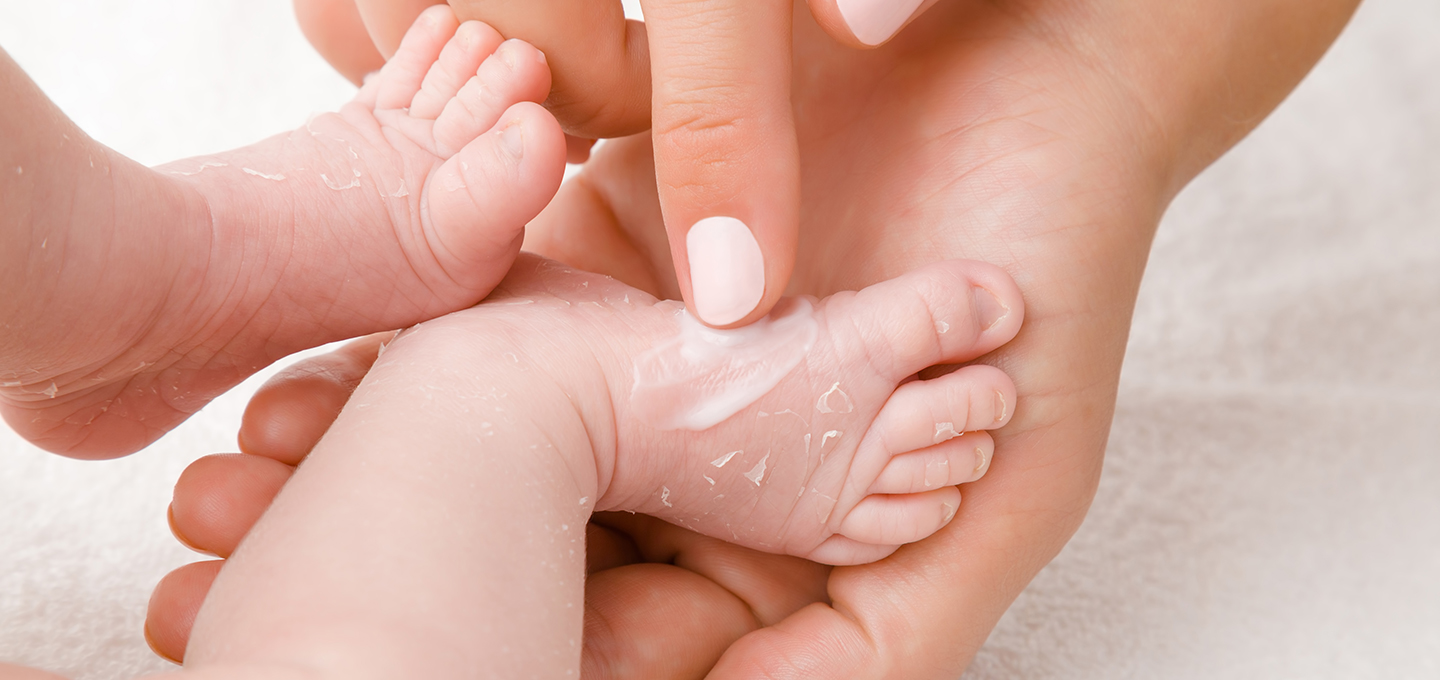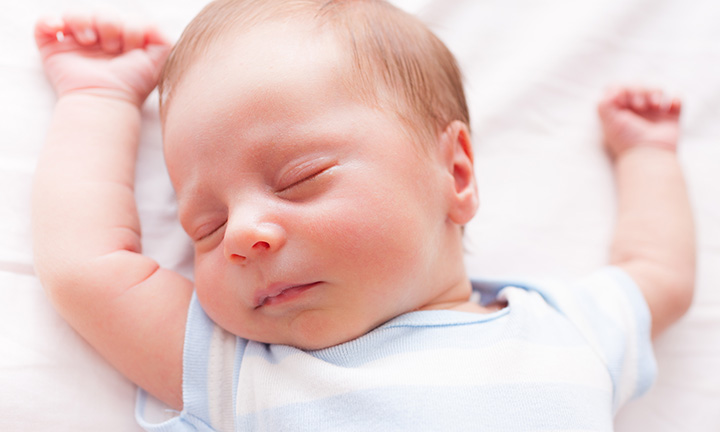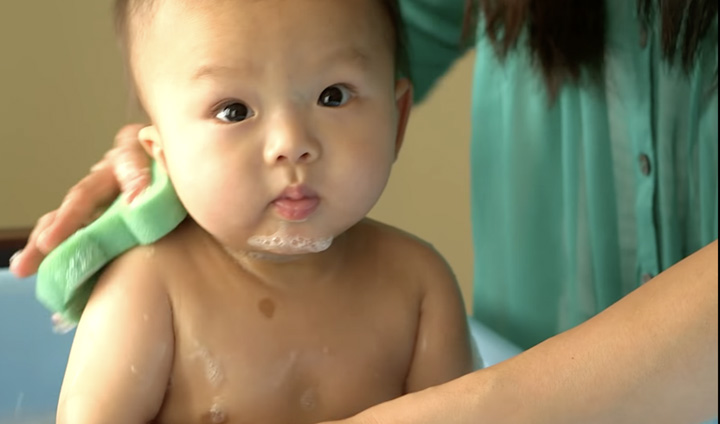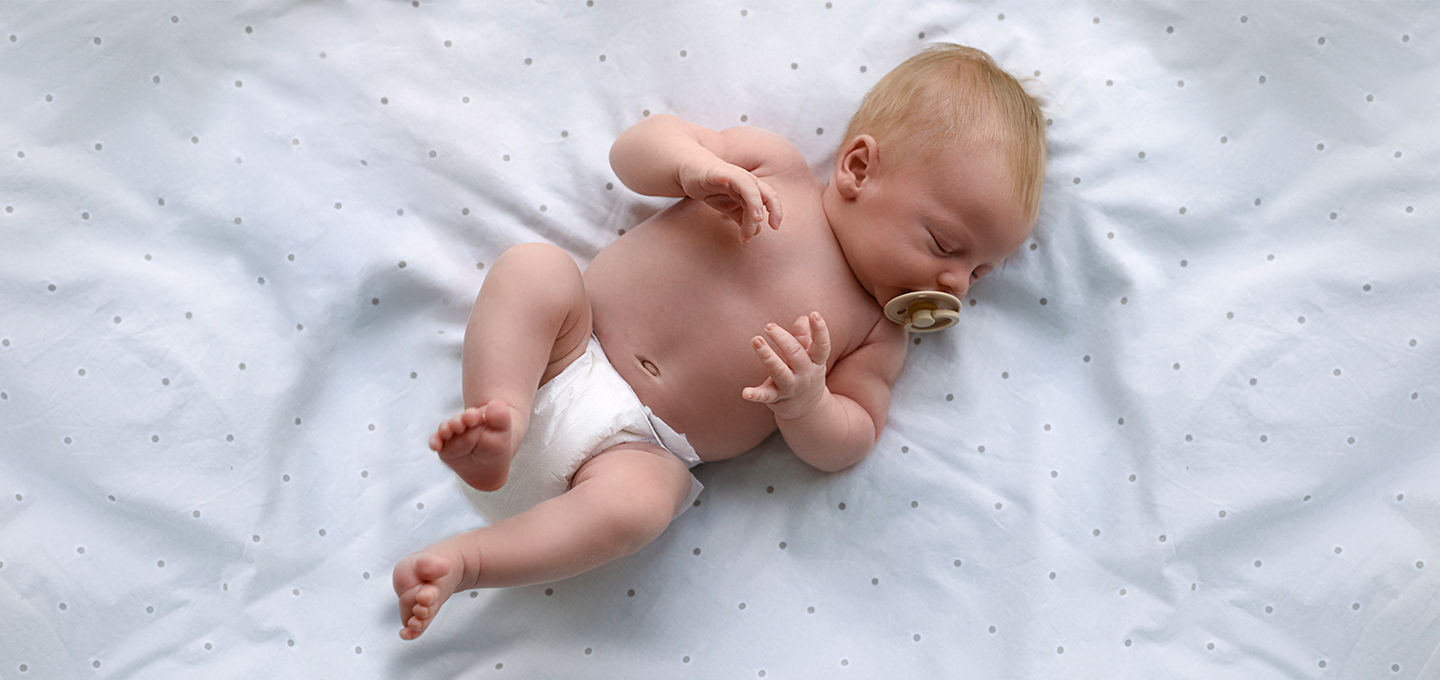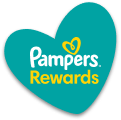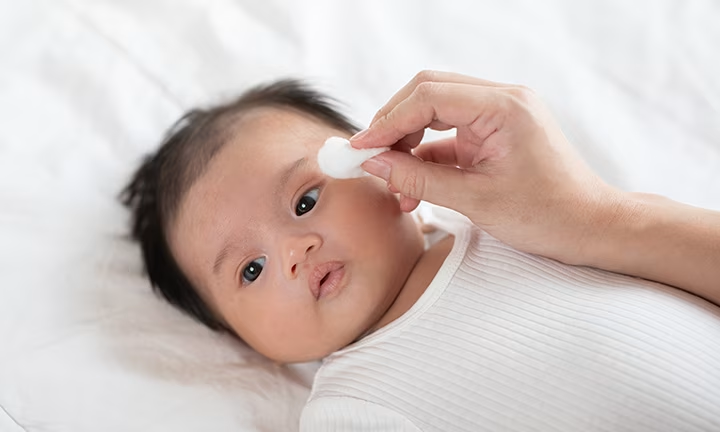
How to Clean Your Baby’s Ears, Eyes, and Nose
Whether you're a first-time parent or a seasoned pro, you may be looking for advice on cleaning your baby’s ears, eyes, and nose. Our guide offers a few simple tips and tricks to help you clean these delicate areas without causing any discomfort to your little one. Keep reading for our step-by-step instructions on how to clean your baby’s ears, eyes, and nose safely and effectively.
The Importance of Cleaning Your Baby's Ears, Nose, and Eyes
Newborns and older infants don’t need to be bathed much—one to three baths per week is usually sufficient in the first year. But both during your baby's baths and on the days in between, you'll want to gently clean their face and neck with a wet washcloth (and also the folds of their skin and the diaper area, too).
Wiping your baby's face helps remove things like dried milk or mucus from around their nose, mouth, and eyes and helps keep your little one's delicate skin healthy and prevent infections.
How to Wash Your Baby’s Face
When cleaning your baby’s eyes, ears, and nose, you can start by filling a basin with warm, soap-free water. Aim for a water temperature between 95 and 100 degrees Fahrenheit (35 to 38 degrees Celsius)—not too hot and not too cold. This is also a good bath water temperature for bathing your baby. Ensure your baby is warm and in a comfortable position and that you’re supporting them with one hand while cleaning them with the other.
Use a soft, clean washcloth dampened with water to gently clean your baby’s face. Here are some specific tips for cleaning your baby’s eyes, ears, and nose:
1. How to Clean Your Newborn’s Eyes
Whether it's a full bath or just a quick face wash, begin with the eyes. To clean your baby's eyes, gently wipe from the inner corner to the outer corner of their eye with the damp washcloth. Use a clean area of the cloth for each eye to avoid cross-contamination. Consult with your healthcare provider if you have any concerns or questions about cleaning your baby's eyes.
2. How to Clean Your Baby’s Ears
Cleaning your baby's ears means following an important safety guideline: Never insert anything into their ear canal, including cotton swabs. Instead, use your soft, damp washcloth to carefully clean the outside of the ear and behind the ears. You may have questions about your baby’s ear wax and how (or if) you should clean inside their ears at home to remove it. Ear wax is normal and healthy. It helps to protect the lining of the ear canal and traps any dust or other particles that may cause damage or infection in the ear. So a quick wipe with a damp cloth to the outside of your baby’s ear is all that’s needed, as ears are self-cleaning, and ear wax naturally comes out on its own. Baby ear wax removal from inside the ears is not safe to do at home and is not recommended. Trying to remove the wax with cotton swabs (or anything else) can push the ear wax deeper into the ear canal and cause blockages or injury. Consult your healthcare provider if you have any concerns or questions about cleaning your baby's ears.
3. How to Clean Your Newborn’s Nose
Cleaning your baby’s nose is similar to the process of cleaning their ears. You can use the washcloth to gently wipe around your baby's nostrils and remove any dried mucus. Don’t insert anything inside your baby’s nostrils, as this can cause damage to the lining. If your baby is congested and it’s causing them discomfort when breathing or feeding, you could use a rubber bulb syringe or nasal saline drops to gently clear their nasal passages. Always follow the instructions provided and never force anything into their nose. It may also be helpful to use a cool mist humidifier in their room to keep the air moist and ease congestion. Consult with your healthcare provider if you have any concerns or questions about cleaning your baby's nose. Once you’re finished cleaning your baby’s little face, gently pat their skin dry with a soft towel.
In Summary
Carefully clean your baby’s eyes, ears, and nose with warm water and a soft, soap-free washcloth. Gently wipe their eyes from the inside corners to the outside corners. Clean the outside of your baby’s ears and nose, not the inside.
When to Contact Your Healthcare Provider
Cleaning your baby’s ears, eyes, and nose is relatively straightforward; however, if you notice any of the following, it’s recommended to contact your healthcare provider:
FAQs at a Glance
When cleaning your baby’s ears, it’s important to know that ear wax is completely normal and that ears are self-cleaning. This means you need to wipe only the outside of the ears and behind the ears with a clean, damp washcloth. You should never insert anything inside the ear (including cotton swabs) as this can push ear wax deeper into the ear canal and cause damage.
The Bottom Line
Keeping your baby’s ears, eyes, and nose clean can help ensure your little one is comfortable and prevent infections. Never insert anything into your baby's ear canal or up their nose, and always be gentle as you're wiping your baby's face. You can even use these gentle cleaning techniques if your little one has baby acne (our dedicated article has more advice on baby acne). If you have any concerns about your baby's health or the cleanliness of their ears, eyes, or nose, don't hesitate to contact your healthcare provider. For more on bathing, check out these great baby bathtubs and seats as chosen by Pampers Parents. And as your little one grows into a toddler, pick up some handy strategies for how to make bath time fun.
- American Academy of Pediatrics, Caring for Your Baby and Young Child: Birth to Age 5, 7th ed. (New York: Bantam Books, 2019).
- Mayo Clinic. Guide to Your Baby’s First Years, 2nd ed. (Rochester, MN: Mayo Clinic Press, 2020).
- Healthy Children. “Ear Wax Buildup.”
- Kids health. “Ear Wax.”
Read more about Baby
Related Articles
Join a World of Support
through Pregnancy and Parenthood.
TRACK WITH TOOLS
LEARN WITH EXPERTS
GET REWARDED

